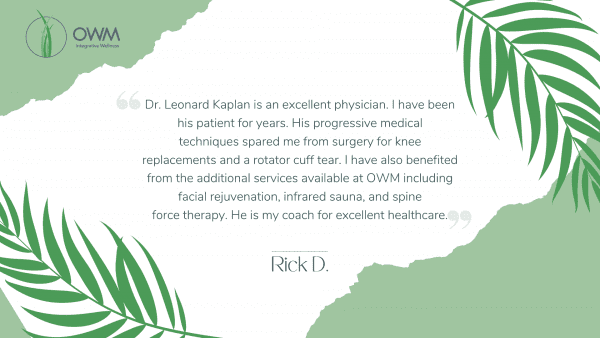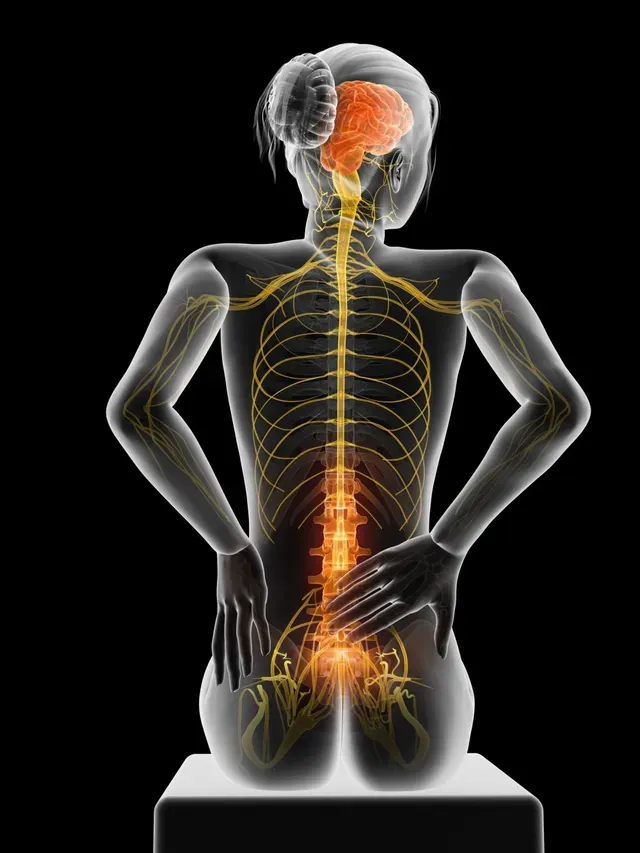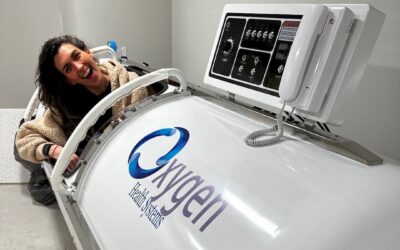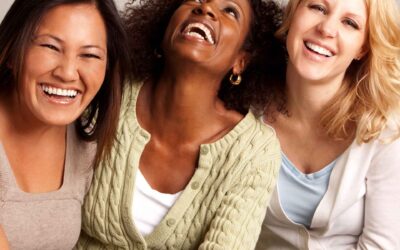Low back pain has been with us since we decided to stand up and walk upright. In this blog I will outline the main sources of pain in the low back and describe traditional and holistic treatment options available for this ubiquitous condition.
Low back or more technically the lumbar spine, is a complex structure that relies on integrity of its elements as well as proper function of the pelvis and legs that it rests on and the trunk that is stacked on top.
Lumbar spine is made up of vertebral bodies that are connected by joints. Lumbar vertebral bodies are also connected and stabilized by thick ligaments that run from vertebra to vertebra and connect the spine to the pelvis below.
Inside the lumbar spine is a canal that contains spinal nerves. These nerves exit the spine through windows or foramina that are located on both sides of the junction between two vertebrae throughout the spinal column. Muscles sit on top of the vertebral joints and ligaments and further reinforce and support the spine.
Pain comes from lumbar discs as they are exposed to stress of wear and tear or trauma, joints that can be sprained or become arthritic, nerves that can be compressed as they exit their respective foramina, ligaments that strap each vertebra and connect the lumbar spine to the pelvis that can be sprained and stretched, and muscles that can be strained.
Treatment for Low Back Pain
Treatment strategies are often driven by different medical belief systems.
Surgeons typically look at advanced imaging such as MRIs to figure out the source of pain. Because disc issues show prominently on these studies, surgery for abnormal appearing discs is frequently recommended. Traditional pain management specialists see inflammation as the primary cause of pain and typically recommend repeated steroid injections of spinal nerves and joints.
Osteopathic Regenerative Medicine philosophy is based on the engineering concept of Tensegrity where solid objects are balanced and aligned by the tension of surrounding bracing structures. In the lumbar spine the solid objects are vertebra and the bracing structures are ligaments and muscular attachments.

Lumbar ligaments bracing the vertebra from the sides, back and front.
As the we age, the spine is exposed to forces that start to break down these anchors. The stress can come from issues in the trunk above and pelvis and legs below, or from direct trauma to the lumbar spine. With loosening of these structures, spinal column starts to shift creating friction. This friction contributes to the break down of discs and joints which in turn places pressure on the nerves that are passing right next to them.

Low Back Pain? Contact OWM Integrative Wellness.
At OWM Buffalo we believe that treating the spinal problems must start at the source. Our regenerative treatments include dextrose and biocellular prolotherapy with PRP and Stem cell. Prolotherapy targets broken down ligament and muscle attachments. As these strengthen, proper alignment and stability of the spine is improved.
As the spinal tensegrity is restored, the stress and pain of the discs, joints, and nerves is significantly reduced. All of our treatment protocols include physical rehabilitation and strengthening of the supportive muscles to further improve stability of the lumbar spine. Request an appointment today.




